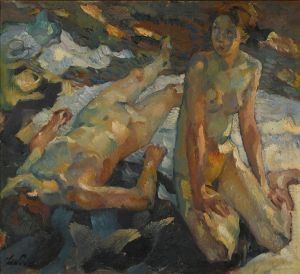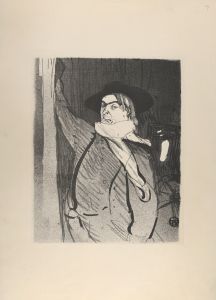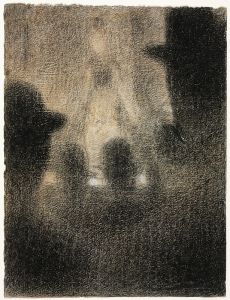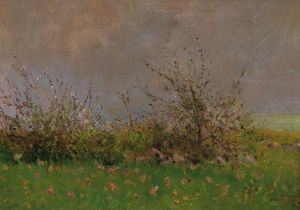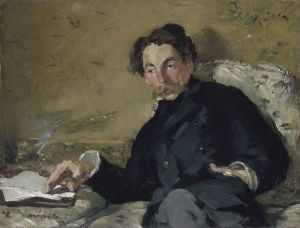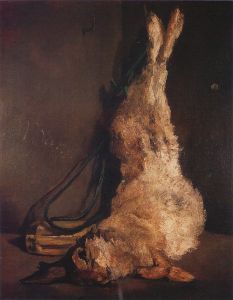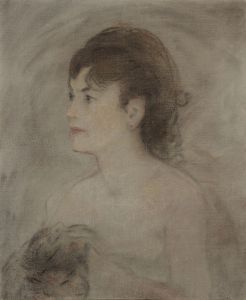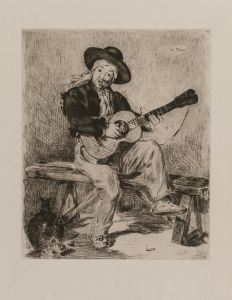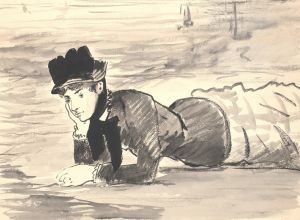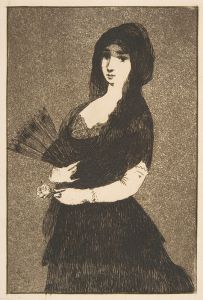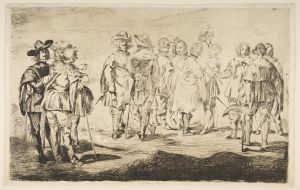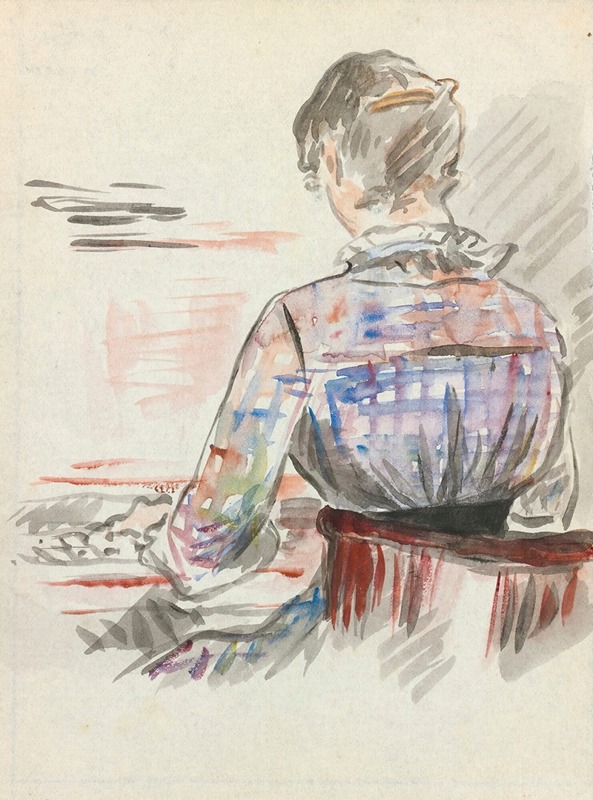
Femme Au Piano
A hand-painted replica of Édouard Manet’s masterpiece Femme Au Piano, meticulously crafted by professional artists to capture the true essence of the original. Each piece is created with museum-quality canvas and rare mineral pigments, carefully painted by experienced artists with delicate brushstrokes and rich, layered colors to perfectly recreate the texture of the original artwork. Unlike machine-printed reproductions, this hand-painted version brings the painting to life, infused with the artist’s emotions and skill in every stroke. Whether for personal collection or home decoration, it instantly elevates the artistic atmosphere of any space.
Édouard Manet, a pivotal figure in the transition from Realism to Impressionism, painted "Femme Au Piano" in 1868. This artwork is a testament to Manet's innovative approach to composition and his interest in capturing contemporary life. The painting depicts a woman seated at a piano, engaged in playing music. This subject matter reflects Manet's fascination with modern Parisian life and the intimate, everyday moments that characterized it.
"Femme Au Piano" is notable for its composition and use of color, which are characteristic of Manet's style. The painting employs a relatively muted palette, with subtle contrasts between light and shadow. Manet's brushwork is loose and fluid, allowing for a sense of immediacy and movement within the scene. This technique was part of Manet's broader effort to break away from the highly detailed and polished style that dominated academic painting at the time.
The setting of the painting is intimate, likely a domestic interior, which was a common theme in Manet's work. The focus on a single figure, absorbed in her activity, allows the viewer to contemplate the personal and introspective nature of music. The woman's attire and the room's decor suggest a middle-class environment, aligning with Manet's interest in depicting the bourgeoisie and their leisurely pursuits.
Manet's choice of subject matter in "Femme Au Piano" also reflects the cultural milieu of 19th-century Paris, where music played a significant role in social and private life. The piano, a symbol of cultural refinement and domestic entertainment, was a popular fixture in many homes. By portraying a woman at the piano, Manet not only captures a moment of personal engagement with music but also comments on the broader cultural practices of his time.
The painting is part of Manet's broader oeuvre, which often explored themes of modernity, leisure, and the social dynamics of Parisian life. While "Femme Au Piano" may not be as widely recognized as some of Manet's other works, such as "Olympia" or "Le Déjeuner sur l'herbe," it nonetheless contributes to our understanding of his artistic vision and the cultural context in which he worked.
Manet's work, including "Femme Au Piano," was influential in shaping the development of modern art. His willingness to experiment with composition, perspective, and subject matter paved the way for future generations of artists. Although initially met with criticism, Manet's paintings are now celebrated for their innovative approach and their ability to capture the essence of contemporary life.
In summary, "Femme Au Piano" by Édouard Manet is a significant work that exemplifies the artist's interest in modern life and his innovative approach to painting. Through its depiction of a woman at the piano, the artwork offers insight into the cultural practices of 19th-century Paris and reflects Manet's broader artistic goals.





